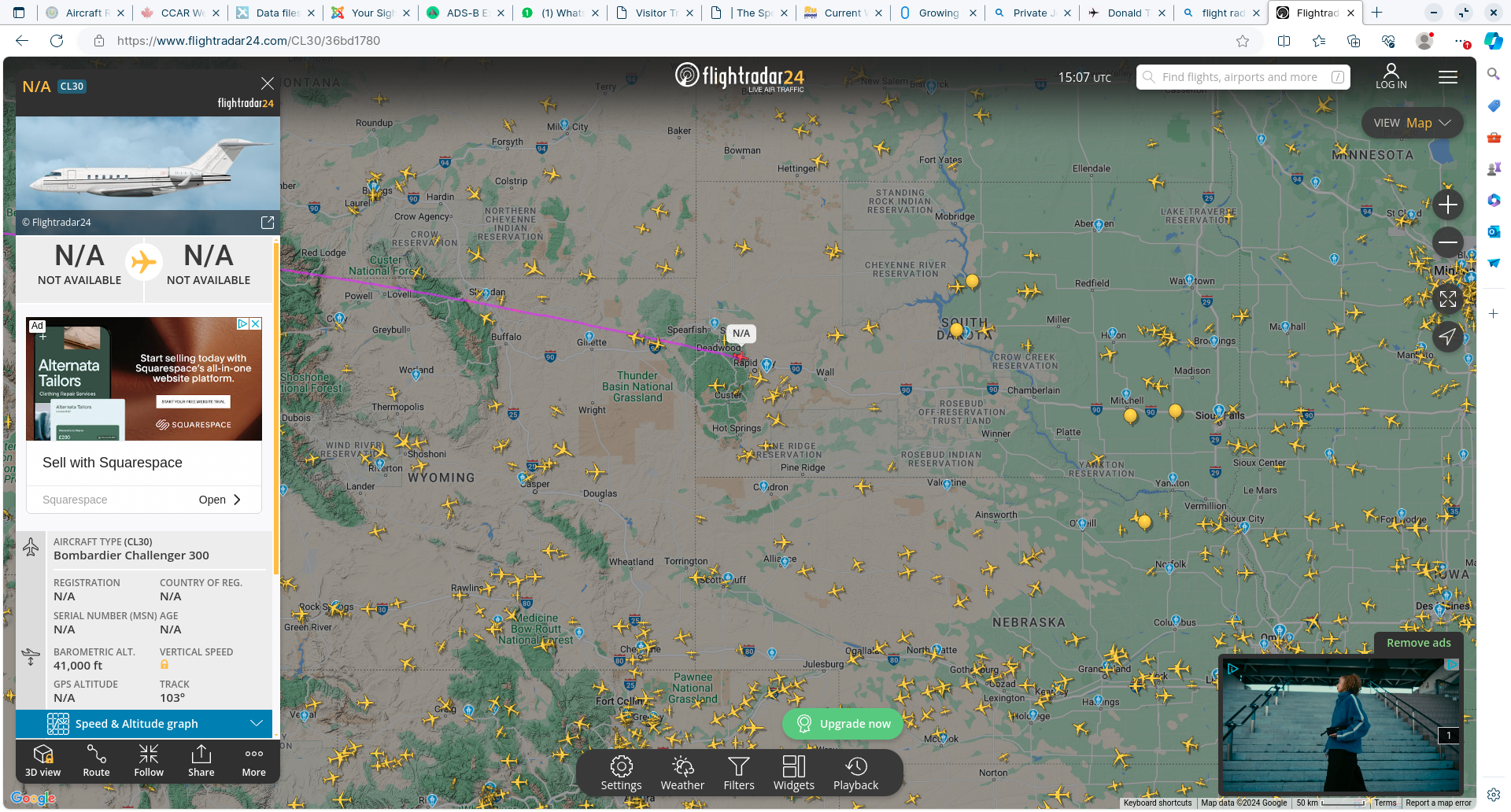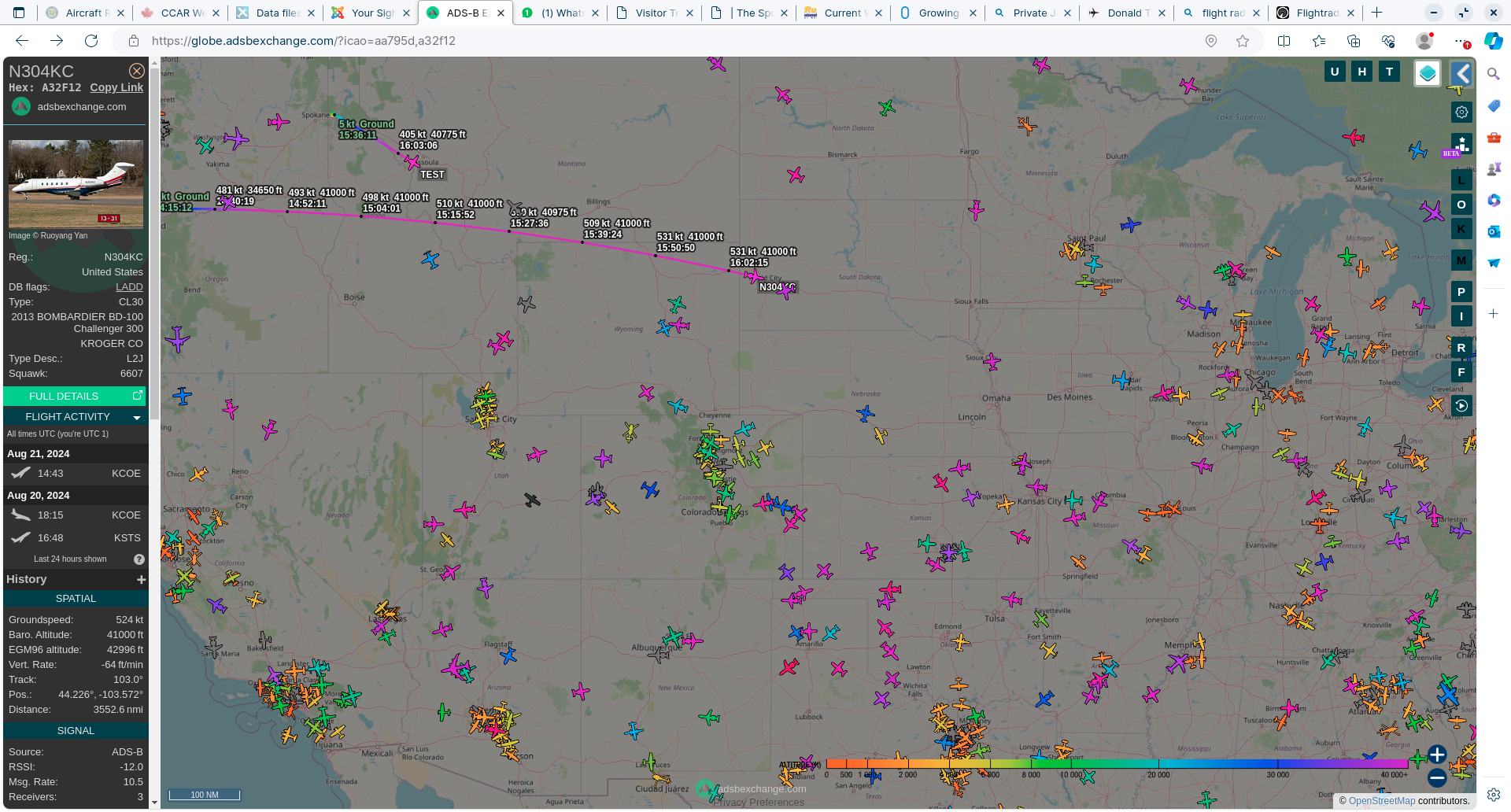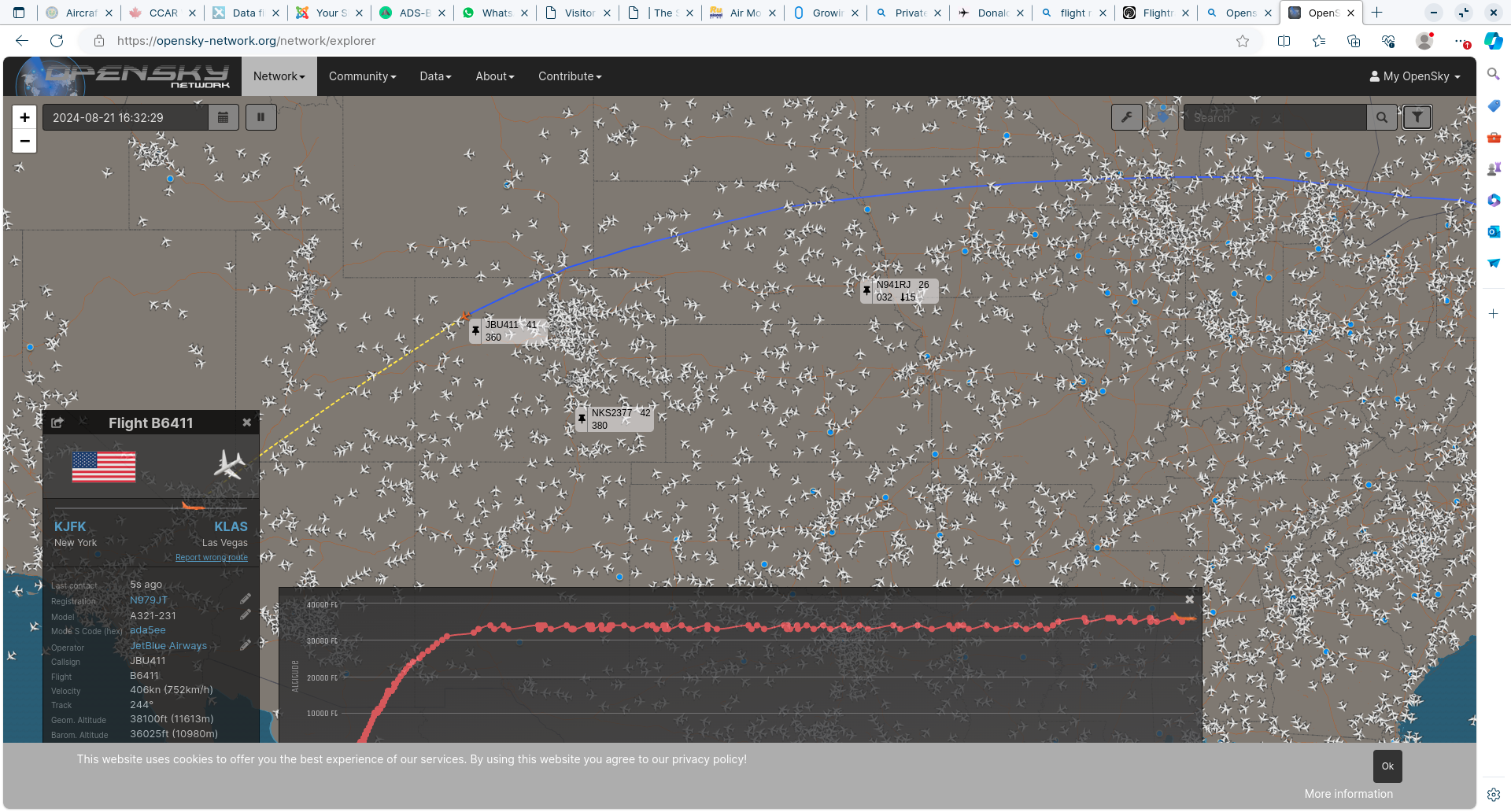Personal ICAO Address – International
Hiding Aircraft Identities – Internationally
As I have mentioned in earlier posts, the potential for anyone to hide their private aircraft and its use from public scrutiny is a reality. This will not make a significant difference to most people, however it will be somewhat anoying for aviation enthusiasts – whether you are a plane spotter or photographer.
The fact that the aircraft that you see on one of the flight tracking sites cannot be identified, may pique your interest or it may not. Although as a spotter I think it is more likely to be the former, finding out after the fact that something really interesting has been at the local field for a Gas and Go is likely to be quite annoying.
The “Robb Report” has a quite good article here which details some of the reasons, for those of you that do not want to read the report there is the following taken from the post on their site.
The FAA is trying to help. After ADS-B became mandatory in January of 2020, the agency created several programs that allow jet operators to opt out of sharing tail numbers, helping to conceal passenger identities. Many private owners signed up for the Limited Aircraft Display Data (LADD) program, but sources that don’t use FAA data aren’t obligated to obey those restrictions and can still publish the information emitted from a jet’s transponder.
The FAA moved to fix that loophole by creating a way to temporarily disguise a jet’s tail number through the Privacy International Civil Aviation Organization Address Program (PIA). But joining the program is significantly more complicated than signing up for LADD, requiring physical modifications to the transponder and temporary call-signs—and when it comes to the latter, “you’d likely need to change that code on a routine basis,” says Heidi Williams, NBAA’s director of air traffic services. Besides, the new codes are not recognized outside of US airspace.
This will just make tracking more difficult for the plane spotting community, I’m sure that certain of these aircraft will be identified quite quickly – by the local to the departure airfield spotters. But disseminating that information to the wider spotting community will not happen quickly.
The FAA has allocated some 50,000 of these Personal ICAO Addresses, other agencies are likely to make their own allocation. On the plus side, with the code ranges assigned to each country being known – you will be able to asses the nationality of the aircraft if nothing else.
If as is suggested in the report, there are negotiations in progress to allow the PIA to be applied internationally It is likely that there will be very few private jets that can be identified when using the aircraft trackers, after all these just display the information broadcast by the aircraft.
The next step would probably be ADS-Bx, where the transmissions are encrypted – making tracking any or all aircraft near impossible, I would say that this is a possibility, but on the plus site it is a good few years in the future.
As we’ve seen from broader celebrity culture, if there’s enough public interest, the trackers will find a way—the FAA can’t stop enthusiasts or paparazzi from physically watching jet traffic at a local airport and then sharing those tail numbers, for example. Spokesperson Tammy L. Jones says the agency is expanding PIA for US-registered aircraft to include FAA-managed international airspace, but that no mechanism currently exists to encrypt secondary surveillance and communication technology, and that modifying the next ADS-B generation could be a decade away.
Meanwhile, the NBAA is in talks with trade associations in Canada and the European Union, which account for 40 percent of global business-aviation activity, to create an international PIA-type program. But universal adoption would require “a conversation in every part of the globe on what this program means, and how it would interface with air-traffic-control systems,” says Carr. All of which leaves pilots like John King, whose wife was physically endangered, frustrated, angry and wondering: “Why should we have to give up our privacy whenever we get on an airplane?”
So is it just a matter of time, before the tracking tools and the sites like AirNav Radar Box become just so much baggage and of no use to a plane spotter or paparazzi.
Support this site.
It does take some time and effort to create the downloads available on this site for free, also there are a number of costs associated with running the site. So if you can consider supporting this site with a donation it would be helpful, if you find the site useful then why not treat me to a doughnut – or even a doughnut and a coffee if you’re feeling really flush.
But regardless of whether you donate or not, I hope that the contents of the files are of some use, also bear in mind that the files are as dated in the bar graph on the down load page – I will try and produce a new data set every month or more frequently if time allows. Currently being worked on are a number of lists for types, these are extracts from the US Civil register – these lists will be in a simple check list format or a Comma Separated Values file for these types.
Please note these files are provided for personal use, if you want to use them for any other purpose or if you want to make them available through your own site – get in touch first.












